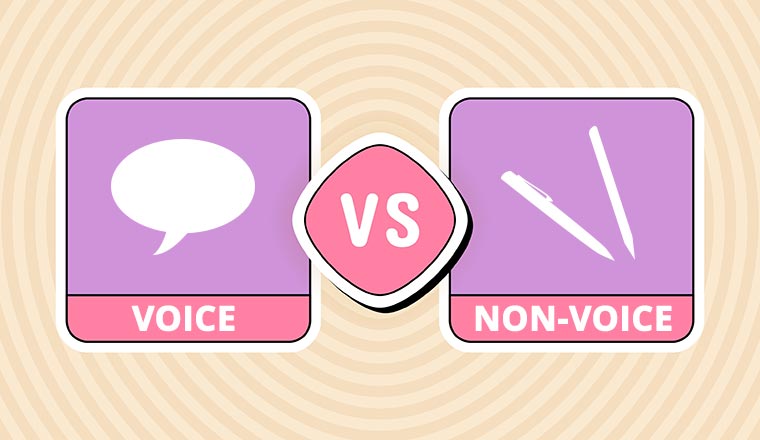14th July 2023

In the world of contact centres and BPOs, customer interactions happen in two main ways – through voice and non-voice processes.
While voice processes involve direct conversations with customers over the phone, non-voice processes rely on emails, chats, and back-office tasks to provide support.
Understanding the differences between these two approaches is key to optimising efficiency, enhancing customer experience, and choosing the right strategy.
To help we’ve put together a quick overview of what Business Process Outsourcing (BPO) means, alongside the key distinctions between voice and non-voice processes.
BPO is an acronym for Business Process Outsourcing. It refers to a strategy that contact centres can use to scale their business, reduce operational costs, and streamline their processes by outsourcing to a third party. This allows them to better focus on their core functions.
BPOs started the boom of IT in the UK and, over the years, BPO business has matured in leaps and bounds. It’s currently a major contributor to the economy and provides a good variety of services. BPOs also extend to offshore corporations in India (for example).
BPOs are typically classified into two types: voice and non-voice. Both have paramount importance in customer service in supporting an omnichannel contact centre.
A voice-based BPO process refers to speaking directly to customers on the phone, which could be a job in the form of sales or support.
These interactions can be at any stage of the customer journey – from the first customer interaction and after-sales services, to troubleshooting and technical support.
These are customer-initiated calls. For example, the result of a marketing campaign or an existing customer needing support.
BPO sales reps and service staff’s key role is to provide satisfactory answers to all types of customer queries, with a view to supporting long-term customer conversion and long-term retention.
These are calls to customers or prospects to support sales and marketing, or follow-up and surveys.
These are typically jobs that do not require direct interaction or voice, but rather lead with knowledge. These jobs may include admin, as well as email handling, chat support, and messages.
In addition to sales and service, non-voice services may include HR, hiring, tech support, appointment scheduling, notifications, technical support, back-office processing, and other tasks for the outsourcing client.
Note: specialized skill sets may be necessary – in place of typical verbal or written communication – for back-office work.
For more articles on BPOs, read these next:
Reviewed by: Robyn Coppell